On the underappreciated Big Island, you can choose your own journey.
While its real name is simply Hawaii, it’s easy to see how the Big Island gets its more frequently used title.
It’s so big that every other island in the main Hawaii chain could fit inside it. Almost twice. And with only about 180,000 people calling the Big Island home, compared to about a million on Oahu, it has a completely different feel – in more ways than one.
Most Australian visitors don’t make it past Oahu. In the first quarter of 2022, just over 13,300 Australian and New Zealand travellers flew to Honolulu while only 1800 continued on to the Big Island.
To say most Aussies are missing out is an understatement. Here’s how to see the island when you go big on your next Hawaiian holiday.
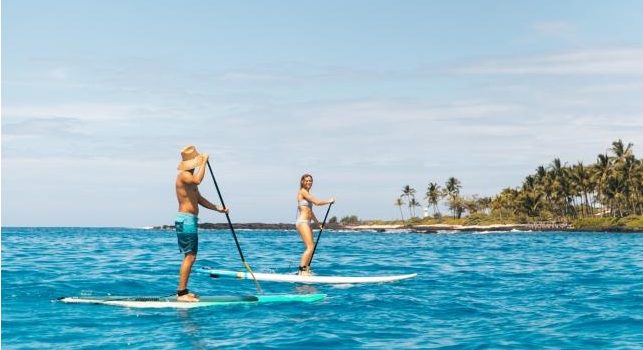
Stand Up Paddleboard in Kailua Bay, off the coast of Kailua-Kona.
By land
The island of Hawaii has four of the world’s five major climate zones and two distinct sides. Fly into Hilo and you’ll be on the rainy side, where there’s lots of lush tropical rainforests. Fly into Kona and you’re on the dry side, where it’s almost always sunny and warm.
Better yet, fly into one and out of the other and watch the landscape change to frozen lava flows as you take the Saddle Road up and over the middle of the island.
There are no service stations or shops on this roughly two-hour journey, so be sure to have a full tank of fuel and an empty bladder as you travel past the tallest mountain in the world, Mauna Kea, which towers 10,204m above its base in the Pacific Ocean.
As well as road tripping by car to the island’s five national parks, you can explore on four wheels, ATV style. Options include riding through the former Umauma Botanical Gardens before a dip at a waterfall north of Hilo, and a Polynesian cultural ATV tour south of Kona.
Rent a bike and get the blood pumping at the Hawaii Volcanoes National Park, where there’s more than a dozen trails to ride, or join a guided bike tour which can range from a few hours to a five-day lap of the island.
You can also go wheel-free and learn about Hawaiian cowboys on a horseback tour through lush rainforest around Hilo or into the stunning Waipi’o Valley, or use your own two legs to go hiking, with trails for every level of fitness and experience waiting to be explored.
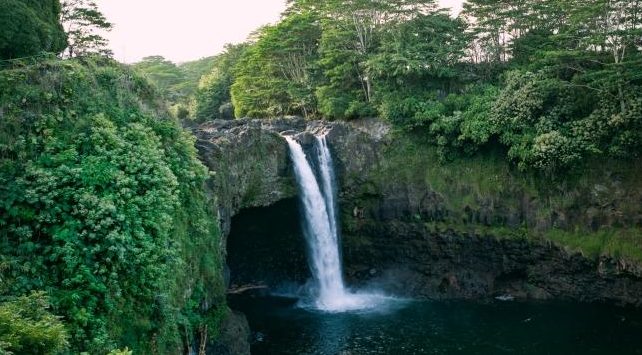
Soft white and jet black beaches. Dramatic cliffs. Volcanic rocks.By water
Soft white and jet black beaches. Dramatic cliffs. Volcanic rocks. There’s nothing boring about the 428km of coastline around this island.
Take a tour on a raft, catamaran or glass-bottom boat and go whale watching from November to April and dolphin watching year round.
Slather on the reef-safe sunscreen for a snorkelling trip by day then slip back into the water to see the manta rays at night. Join a manta snorkel tour to hold onto a flotation device with lights as reef manta rays with wingspans of up to 5.5m fly through the water towards you before pulling back at the last moment.
Scuba divers can look up at the manta rays from below and join a blackwater dive to watch creatures from the depths move towards the water’s surface under the cover of night.
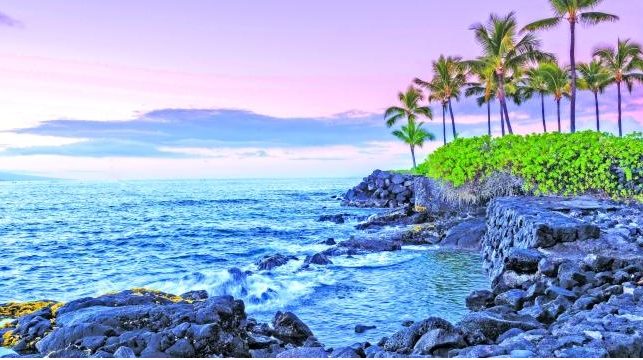
The lava strewn shoreline on the Kona coast of the island of Hawaii.
If diving in the dark is a bit on the spooky side, there are more than 40 local dive sites on the Kona coast to enjoy by day, with something for beginners to experienced open water divers who can join charters to caves and lava tubes. Stay dry underwater on a submarine. Atlantis Submarines carry up to 48 passengers at a time and dive up to 30m to explore a 25-acre coral reef on the Kona coast.
Or add a little cardio to your tour on a stand-up paddleboard. At LightSUP, the boards have large viewing windows at the front so you can see the coral and fish below, and day and night tours are on offer for more manta ray viewing time.
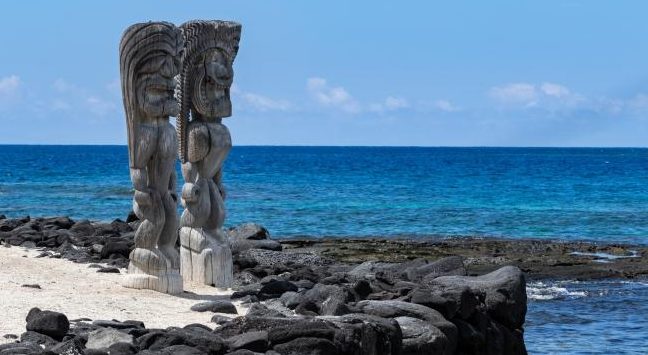
Two Wooden Tikis in the place of refuge (Honaunau) sanctuary, on the Big Island.By air
Buckle up for a doors on or off helicopter adventure on the Big Island. On the Kona side of the island, you can see the countryside below change from lava flows to farmland to rainforest.
Watch ribbons of waterfalls cascading down soaring cliffs along the Kohala Coast shoreline before flying into spectacular valleys where wild horses run free and more jaw-dropping waterfalls flow.
On the Hilo side, you can fly over alien landscapes created by the most recent volcano activity and gaze down into mammoth craters. Or opt for a full lap of the island to see it all.
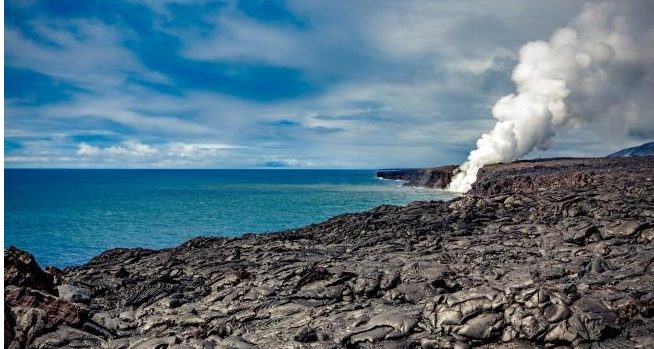
There’s nothing boring about the 428km of coastline around this island.
If you prefer wings to rotors, you can see the island from above in an airconditioned Cessna Skymaster. Every seat is a window seat in these tiny sightseeing planes, and tours include soaring over the summit of Mauna Lea and looking out at the lush valleys and waterfalls along the coast.
For an adrenaline kick, get strapped to a parasail and winched off the back of a speed boat before rising high into the sky. On the Kona coast, parasail experiences can have you floating as high as 365m and make the boat and houses below look like tiny toys. Fly solo or with up to two friends at a time on a tandem parasail.
And when you’re ready for another rush, you can zipline past waterfalls, over ravines and through the trees on one of the island’s zipline tours.
The writer travelled as a guest of Hawaii Tourism Oceania.
Escape route
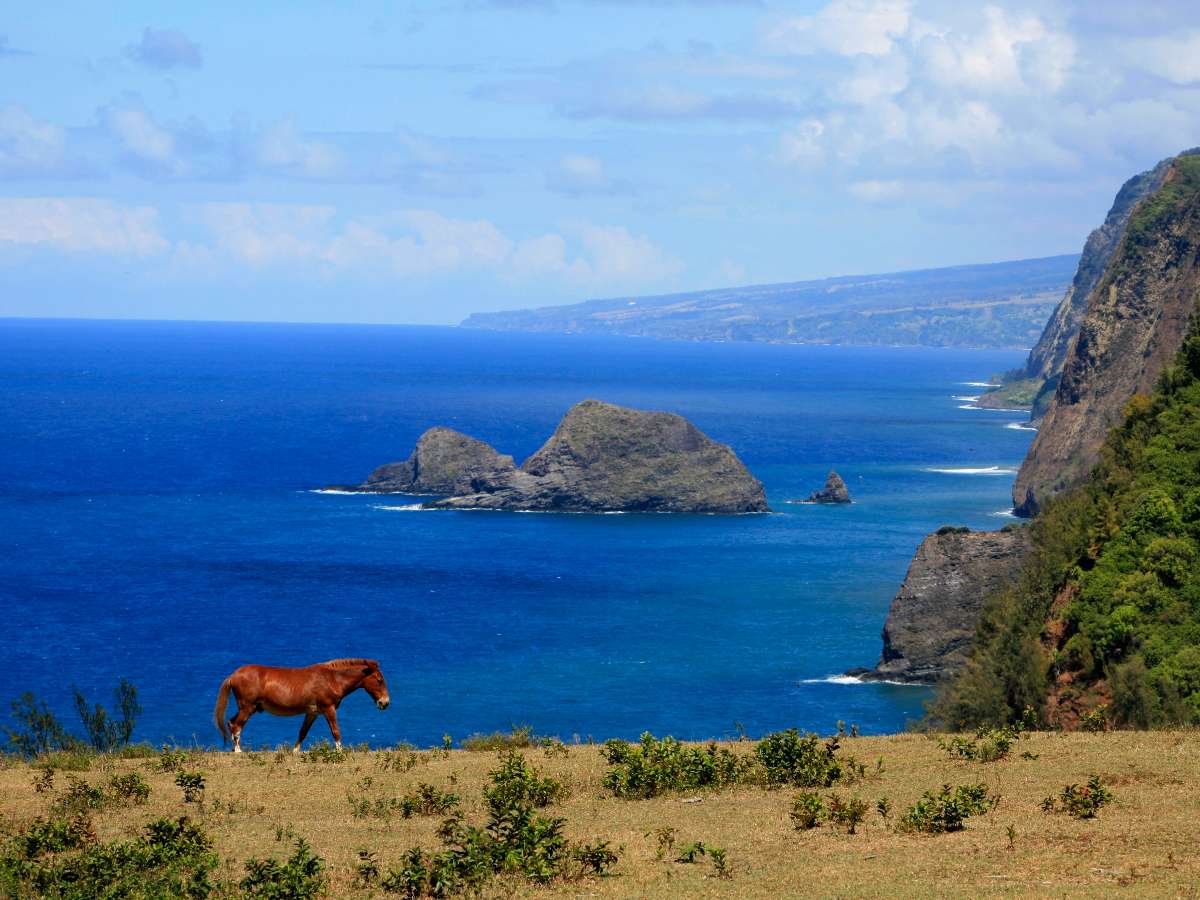
Hawaiian Airlines flies one stop Sydney to Hawaii Island five times a week and has frequent daily flights from Honolulu to Kona and Hilo.
Source: https://t24hs.com








